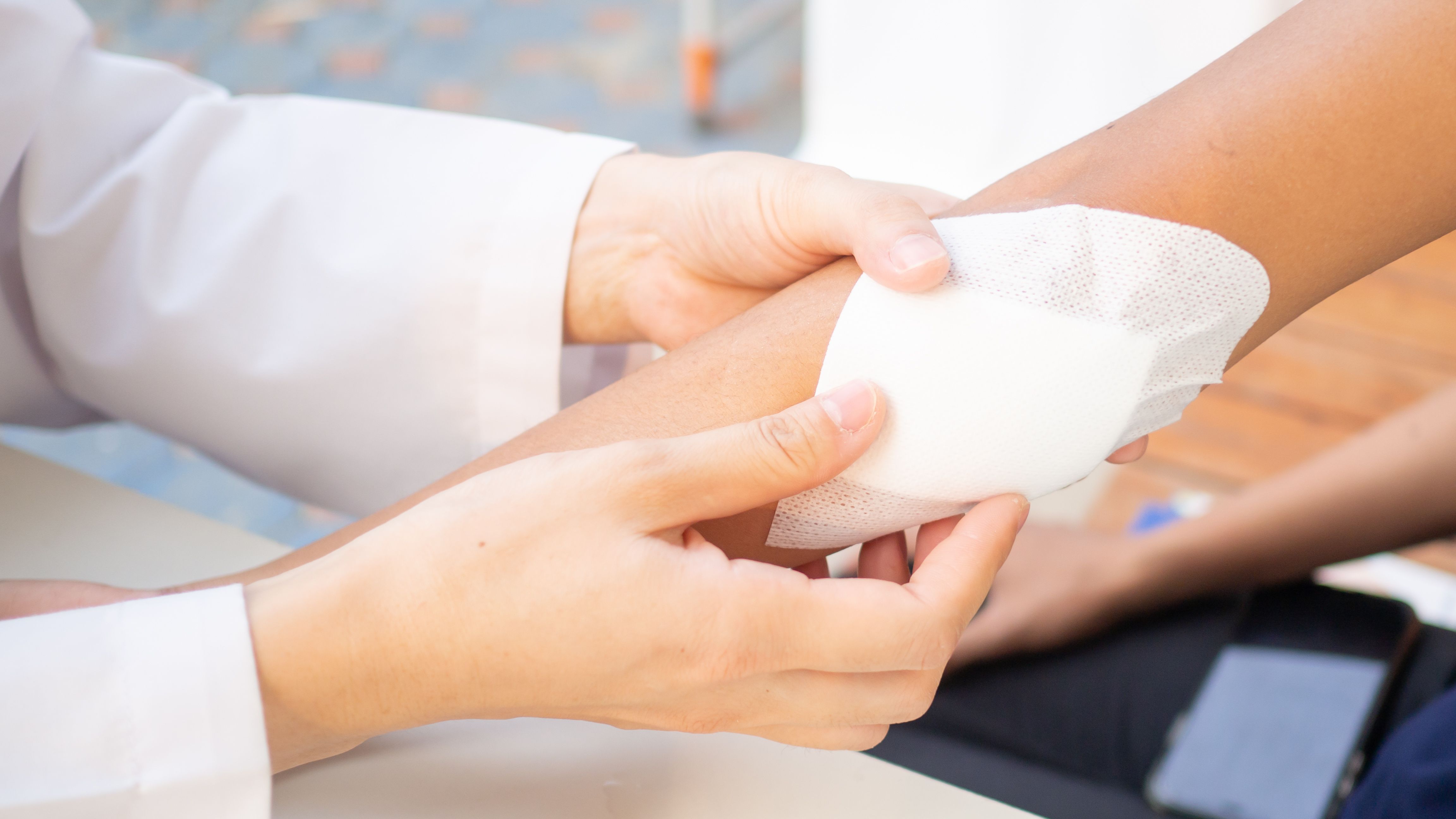- Case-Based Roundtable
- General Dermatology
- Eczema
- Chronic Hand Eczema
- Alopecia
- Aesthetics
- Vitiligo
- COVID-19
- Actinic Keratosis
- Precision Medicine and Biologics
- Rare Disease
- Wound Care
- Rosacea
- Psoriasis
- Psoriatic Arthritis
- Atopic Dermatitis
- Melasma
- NP and PA
- Skin Cancer
- Hidradenitis Suppurativa
- Drug Watch
- Pigmentary Disorders
- Acne
- Pediatric Dermatology
- Practice Management
- Prurigo Nodularis
- Buy-and-Bill
News
Article
Retinoic Acid, Vitamin A Demonstrates Role in Regulating Hair Follicles and Epidermal Stem Cells
Author(s):
In vitro studies demonstrated that retinoic acid aids stem cells in transitioning away from a state of flexibility in wound healing.
Researchers from Rockefeller University found that retinoic acid, the biologically active form of Vitamin A is linked with the process of lineage plasticity— a cell’s ability to switch and change its phenotype identity. This can be displayed when skin stem cells grow epidermis to cover a wound or hair follicle stem cells morph into epidermal stem cells to repair destruction, according to study authors. However, research has provided that the function cannot be done effectively until they choose a decisive state.
“Our goal was to understand this state well enough to learn how to dial it up or down,” said Elaine Fuchs, from Rockefeller University, in a press release. “We now have a better understanding of skin and hair disorders as well as a path toward preventing lineage plasticity from contributing to tumor growth.”
The researchers evaluated lineage plasticity in its connection to natural response to wounding and in an unnatural feature of cancer because the outer layers of skin are exposed to perpetual abuse, according to study authors.
“The process is necessary to redirect stem cells to parts of the tissue most in need but, if left unchecked, it can leave those same tissues vulnerable to chronic states of repair and even some types of cancer,” said Fuchs in a press release.
Fuchs and her team of researchers screened small molecules on their capability to resolve lineage plasticity in cultured mouse hair follicle stem cells to further their understanding on how the body regulates the process. The study authors noted that their research found retinoic acid, an active form of vitamin A, was crucial for the stem cells to depart lineage plasticity to then separate into hair cells or epidermal cells in vitro. However, if the retinoic acid levels were too high, they would not be able to enter lineage plasticity, failing to prepare wounds.
“Through our studies, first in vitro and then in vivo, we discovered a previously unknown function for vitamin A, a molecule that has long been known to have potent but often puzzling effects on skin and many other organs,” Fuchs said in a press release.
The current study displayed a central role of vitamin A retinoids to both regulate hair follicles and epidermal stem cells, as previous research displayed positive and negative roles or retinoids. However, further research needs to be conducted to identify how the retinoids influence other tissues.
“When you eat a carrot, vitamin A gets stored in the liver as retinol where it is sent to various tissues,” Fuchs said in a press release. “Many tissues that receive retinol and convert it to retinoic acid need wound repair and use lineage plasticity, so it will be interesting to see how broad the implications of our findings in skin will be.”
Reference
Vitamin A may play a central role in stem cell biology and wound repair. EurekAlert!. News release. March 7, 2024. Accessed April 19, 2024. https://www.eurekalert.org/news-releases/1036957
[This article was originally published by our sister publication, Pharmacy Times.]







